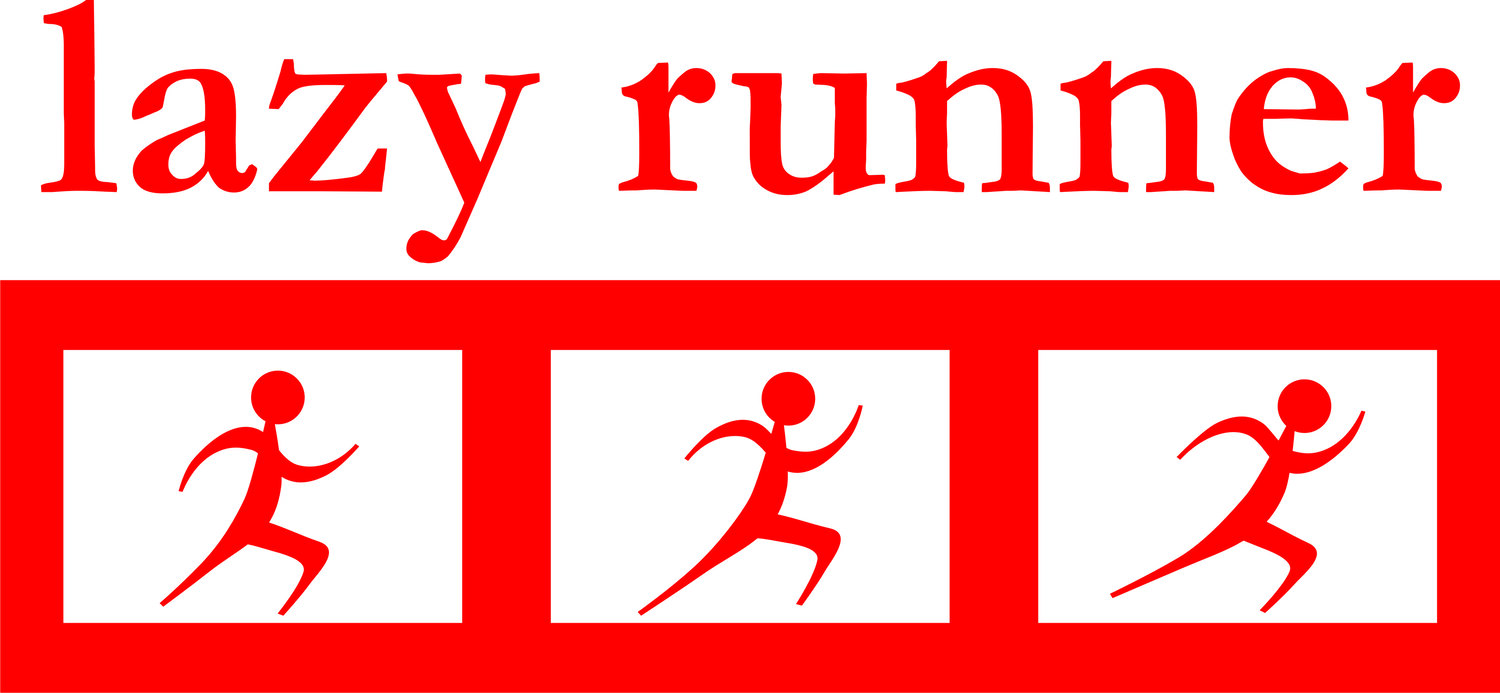Below The Knee
You will probably not be too surprised when you hear that 80 percent of runner's injuries occur from the knee down! Taking into account there are 60 bones being used down there!!
1 Patella (knee)
1 Tibia (Shin)
1 Fibula (Shin)
7 Tarsels (ankle)
5 Metatarsels (foot)
15 Phalanges (toes)
Times that by 2 = 60
Add to that collection there are 29 muscles in the lower leg, with 16 in the foot over 4 layers!
And don't get me started on those pesky tendons and ligaments...it just all adds up to trouble.
The ankle joint is an amazing structure and so small for the amount of load it has to carry. When walking it withstands 1.5 times the bodyweight of it's owner and when running a whooping 8 times of the bodyweight is impacting on the ankle!
There are a range of injury types that can occur, not just from running but other sports or from falls or accidents, here are the main injuries that occur to the lower leg.Fracture- This is a break to a bone and can only be treated by a doctor.
There are many types, but all should be treated with first aid, immobilise the joint, do not weight bear and get to a hospital where an xray and treatment can be undergone
Sprains- Sprains are stretches or tears to ligaments (a ligament is a band of tissue that connects bone to bone). Sprains can be caused by a trip or a sudden twisting movement, a classic sprain is to roll the ankle. Immediate first aid should be applied, RICE- Rest, Ice, Compression and Elevation. The sooner the ice and compression occur the faster a sprain will mend. A firm compression bandage should go on first, this stops fluid filling into the ankle cavity, as once the fluid pools in there it's hard to get it out, the ice should then be wrapped around the bandage and left on for 10 minutes, then off for 10 minutes and repeat that procedure for 24 hours or more! Voltaren cream and tablets are advisable as well to reduce the inflammation.
Strains- these are stretches, pulls or tears in the muscle and can come in several degrees. They are often associated with overuse injuries and can occur after a strenous run or workout, or in the middle or at the end of a gruelling training program. Ice, rest and voltaren are all good for muscle strains, gentle stretching and massage also helps.
Ankle sprain is the most common form of ankle injury, it can occur from sport or just everyday activity, and involves rolling or twisting the foot. There are two types of ankle sprain, the most common (90%) is an inversion ankle sprain, this involves the foot rolling in, which stretches the lateral (outer) ligaments too far, the pain occurs on the outer side of the ankle and the swelling usually occurs there as well. The other less common form of ankle injury is the eversion type, this is where the ankle rolls outwards, in this situation the medial (inner) ankle ligament is stretched or torn and pain is located inwards.The symptoms of ankle sprain are pain, swelling and bruising in the area, treatment and recovery greatly depend on the level of the sprain.
A grade 1 ankle sprain involves stretching of the ankle ligament, swelling and pain occur but you can still weightbear and walk however, you will not be able to jog or run; a grade 2 ankle strain may involve a partial tear of the ligament, and causes a good degree of swelling, bruising and pain. You may be able to hobble but not walk without a good deal of discomfort; grade 3 ankle sprain usually means the ligament is torn, the pain will be severe when you put your foot down and you will feel weakness in the ankle, you will need crutches to move about.
You may need to consult a doctor with this strain just to rule out a fracture as the symptoms can be similar.The treatment for all sprains is similar, except the recovery may take longer depending on the grade of the strain. Ice the area and firmly strap it, elevate the leg and rest, rest, rest. Take pain killers for the discomfort and anti inflammatory creams or medications may be prescribed. Continue first aid for several days, after the swelling and bruising have subsided you may need physio or massage to get some movement, circulation and strength happening in the ankle again. When you get back running or jogging you may feel some weakness and feel the need to strap your ankle to give it extra support.
